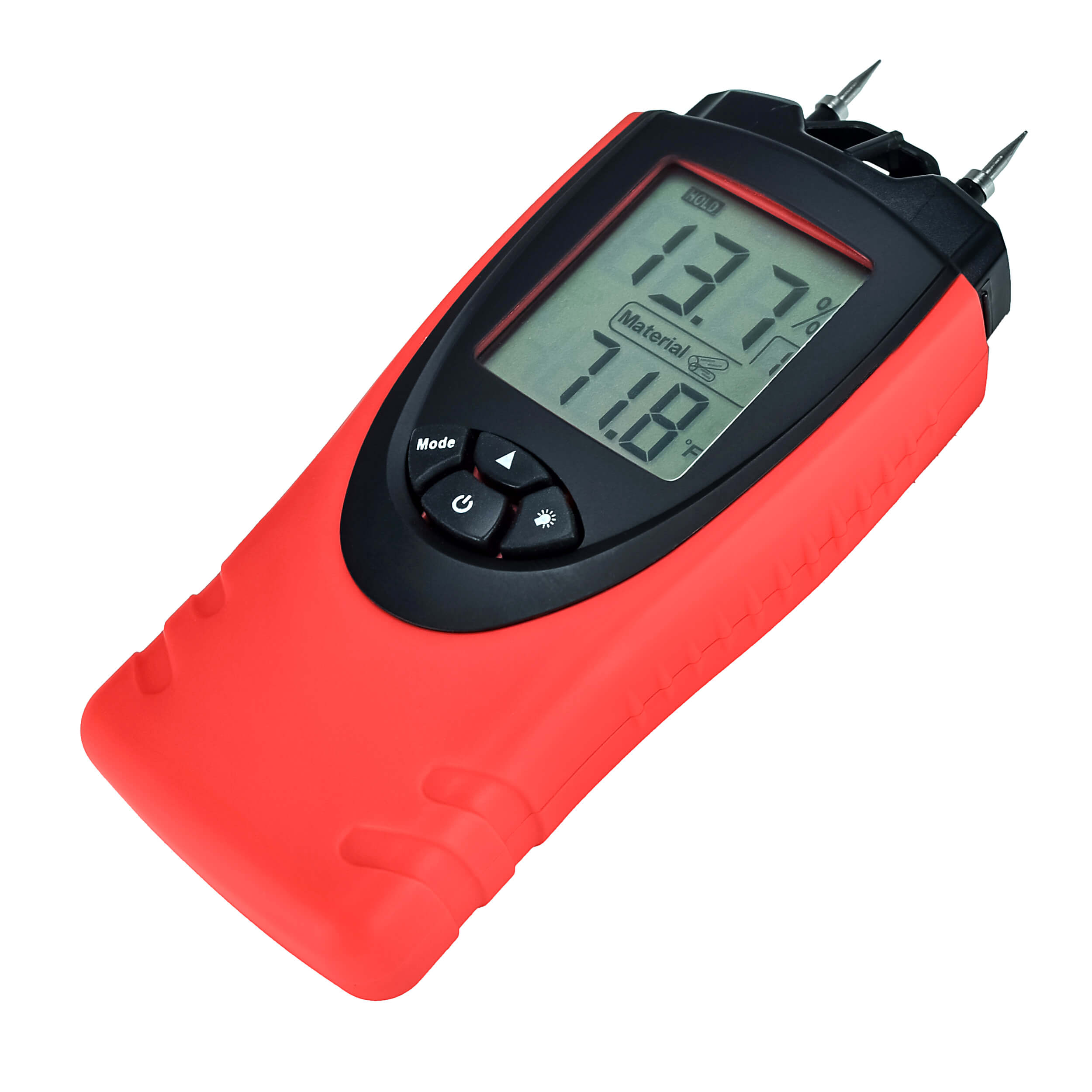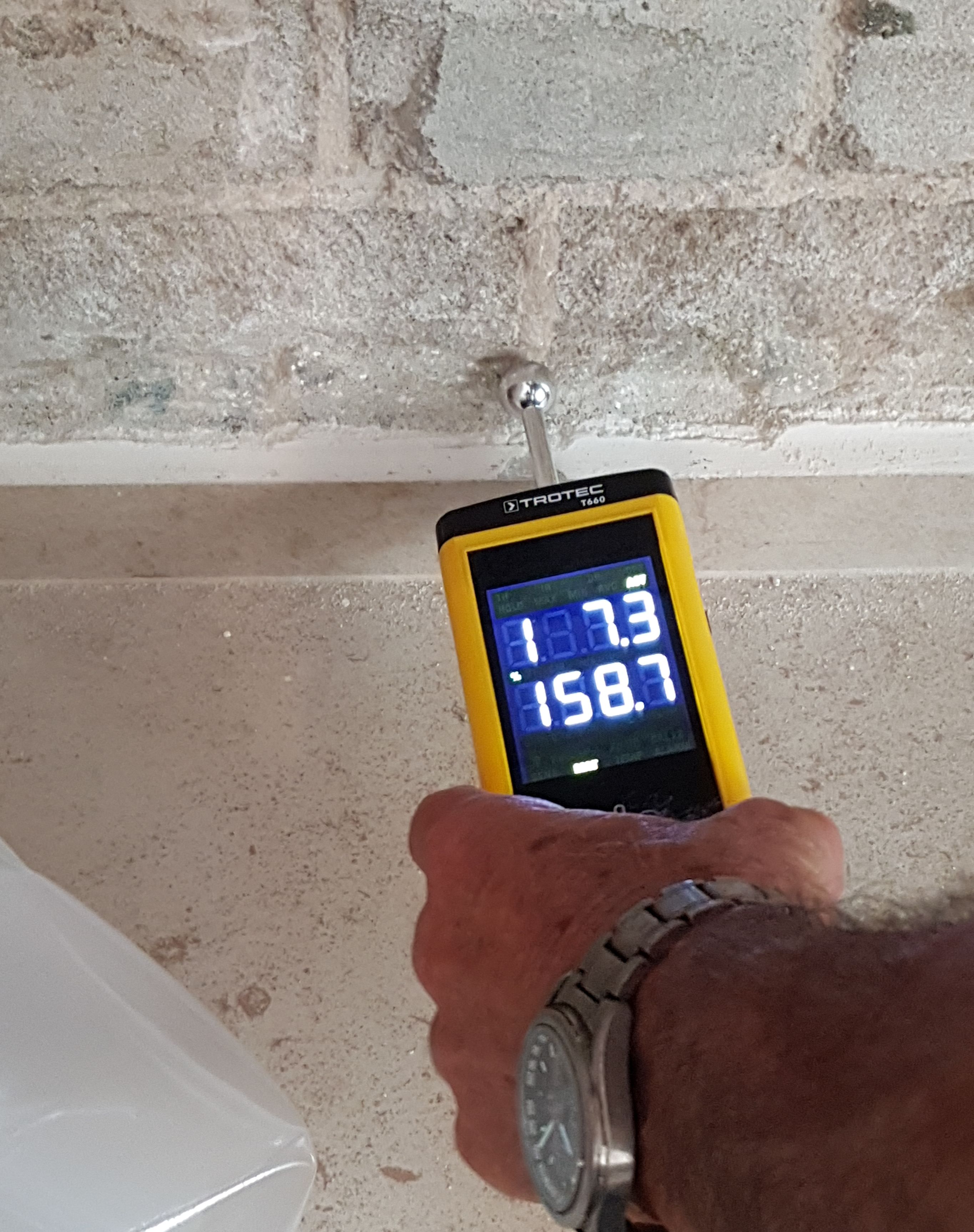The Scientific Research Behind Moisture Meters: How They Work and Why They're Crucial
The Scientific Research Behind Moisture Meters: How They Work and Why They're Crucial
Blog Article
Recognizing the Relevance of a Moisture Meter in Protecting Against Mold and Water Damage in Your Home
In the world of home maintenance, the visibility of moisture can frequently be a quiet yet awesome enemy, efficient in triggering prevalent mold and mildew growth and perilous water damage if left unattended. Among the relaxing setting of a house, hidden moisture issues can brew underneath the surface, positioning a danger to both residential property and health and wellness. Nevertheless, geared up with the right tools and understanding, property owners can proactively fight these potential hazards. Recognizing the significance of a moisture meter in this fight is not merely a choice however a tactical requirement.
Relevance of Moisture Detection
Effective moisture detection methods are crucial for safeguarding homes and stopping possible mold and mildew development and water damage. Moisture can leak into numerous structure materials, leading to structural problems and carcinogen. By using a moisture meter, residential property owners can proactively identify locations vulnerable to excess dampness, enabling prompt treatment and mitigation methods.
Moisture meters give precise readings of wetness levels in various products such as drywall, concrete, and timber. This data aids in pinpointing locations of problem, also in hard-to-reach or surprise areas. Early detection of wetness build-up makes it possible for punctual repair services or modifications to stop additional damages.

Just How Moisture Meters Job
Moisture meters play a crucial role in the aggressive identification of excess wetness, helping in the avoidance of prospective mold development and water damages by offering exact readings of dampness degrees in different structure materials. Some progressed dampness meters integrate both pin and pinless innovations for extensive dampness detection. Comprehending how moisture meters feature is vital for prompt and exact moisture degree assessments, allowing effective preventive actions versus mold and mildew and water damages.
Detecting Early Indication
Upon initial examination of a residential or commercial property, acknowledging subtle indications of excess wetness ends up being essential in the very early discovery of prospective mold development and water damage. Some common very early warning indications consist of musty smells, water discolorations on walls or ceilings, peeling paint or wallpaper, and distorted or blemished surface areas. Stuffy smells commonly indicate the presence of mold or mold, also if no visible indicators appear. Water stains can signify leakages or seepage, while peeling off paint or wallpaper might be an outcome of moisture endangering the attachment of these materials to the surface. Distorted or tarnished surfaces, such as bending floorboards or blemished drywall, are clear indicators of water damage. Additionally, an increase in allergy signs and symptoms or respiratory system concerns among residents may suggest the presence of mold as a result of excess moisture. By quickly identifying and attending to these early warning signs, home owners can reduce the danger of substantial mold and mildew development and water damages in their residential or commercial properties.
Preventing Mold Growth
Identifying early indication of excess wetness within a home not only allows timely detection of potential mold and mildew development and water damage why not find out more however likewise serves as a positive measure in stopping the expansion of mold and mildew. To properly stop mold development, it is important to attend to any type of resources of moisture without delay. This can consist of dealing with leaks in pipelines, home windows, or roof coverings, making certain proper air flow in moist areas like washrooms and kitchens, and utilizing dehumidifiers in high-humidity areas. Consistently preserving the home and evaluating's plumbing, roofing, and seamless gutters can additionally help in stopping water intrusion that might result in mold and mildew development.
Monitoring dampness degrees in locations susceptible to wetness, such as basements and crawl areas, utilizing a moisture meter can additionally help in early discovery of elevated dampness levels and prospective mold and mildew development - Moisture Meter. By taking positive steps to prevent excess dampness and mold development, property owners can guard their residential or commercial property and interior air top quality.
Advantages of Normal Surveillance
Regular surveillance of wetness levels in a residential or commercial property can play a vital function in maintaining a healthy and balanced indoor environment and avoiding potential mold and water damages. By routinely inspecting wetness levels, home owners can spot any issues promptly and take needed activities to protect against mold and mildew growth and water damages.
Moreover, regular surveillance enables homeowners to track patterns and fads in moisture degrees over time. Inevitably, the constant monitoring of dampness levels equips home owners to shield their home, protect their health, and maintain the integrity of their interior environment.

Conclusion

By making use of a wetness meter, residential property owners can proactively identify areas susceptible to excess wetness, allowing for prompt treatment and mitigation methods.

Checking moisture levels in locations vulnerable to moisture, such as cellars and crawl areas, utilizing a wetness meter can also assist in early discovery of raised dampness degrees and possible mold and mildew growth. (Moisture Meter)
Report this page